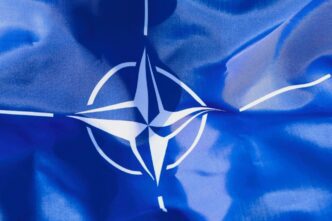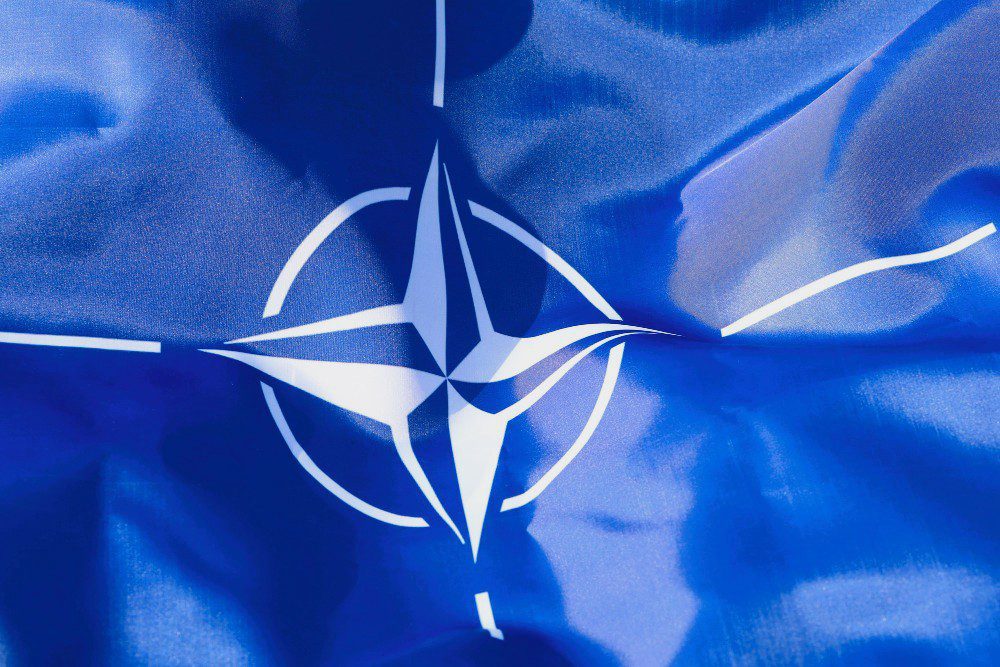Executive Summary
The Story So Far
Why This Matters
Who Thinks What?
President Donald Trump has urged NATO and European Union member states to impose tariffs of up to 100 percent on China and India. This measure, proposed during a meeting between U.S. and EU officials last Tuesday, aims to pressure Russian President Vladimir Putin to end the conflict in Ukraine. The demand comes as both China and India continue to be major purchasers of Russian oil, which supports the Russian economy.
Trump’s Tariff Proposal and Rationale
Trump’s proposal targets China and India for their substantial imports of Russian oil. China, as the largest buyer of Russian energy, imported 109 million tonnes of crude oil last year, accounting for approximately 20 percent of its total energy imports. India imported 88 million tonnes of Russian oil in 2024, representing about 35 percent of its imports.
While Trump recently applied an additional 25 percent tariff on India for Russian crude imports, his administration has avoided similar tariffs on China amid delicate trade negotiations. To circumvent this, Trump specifically asked NATO to impose significant tariffs on China, ranging from 50 to 100 percent, intending to weaken Beijing’s economic support for Russia.
EU’s Energy Diversification and Trade Dynamics
Europe’s reliance on Russian energy has significantly decreased since the full-scale invasion of Ukraine in February 2022. The EU’s imports of natural gas from Russia, which stood at 45 percent at the time, are projected to fall to just 13 percent this year. Despite this, Trump is advocating for further European action.
The bilateral trade in goods between the EU and China reached approximately 732 billion euros ($860bn) in 2024. The EU recorded a trade deficit with China of around 305.8 billion euros ($359bn) last year, making China the EU’s largest import partner. European imports from China, predominantly consumer electronics, heavy manufacturing equipment, and clothing, represent roughly 40 percent of total goods imports.
In contrast, European goods imports from India are considerably smaller, with the EU running a trade deficit of just 22.5 billion euros ($26bn) in 2024, mainly in electronic equipment, pharmaceuticals, and base metals. Imposing tariffs of 50-100 percent would likely disrupt manufacturing, increase production costs, and raise consumer prices across the EU, making the bloc potentially hesitant to adopt such unilateral punitive measures.
Legal Challenges and International Responses
Trump’s push for allied tariffs coincides with domestic legal challenges to his authority to impose tariffs under the International Emergency Economic Powers Act (IEEPA). A U.S. trade court ruled in May that these tariffs “exceed any authority granted to the president,” a decision upheld by an appeals court in August. The case is now awaiting a Supreme Court decision, expected in November.
China swiftly responded to Trump’s September 13 pronouncement, with Foreign Minister Wang Yi stating that China does not participate in or plot wars and that sanctions only complicate problems. U.S. Treasury Secretary Bessent is scheduled to meet with China’s Vice Premier He Lifeng in Madrid to address trade tensions. Regarding US-India relations, Trump expressed optimism about ongoing trade negotiations and anticipated a “successful conclusion” to talks with Indian Prime Minister Narendra Modi.








